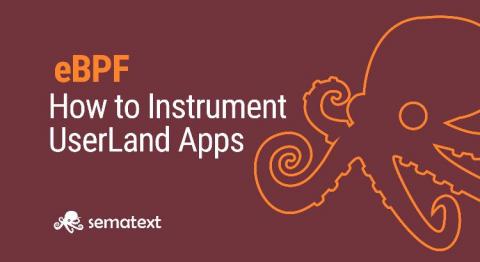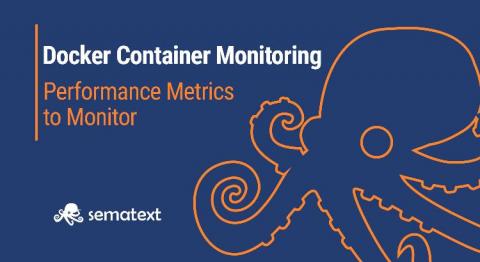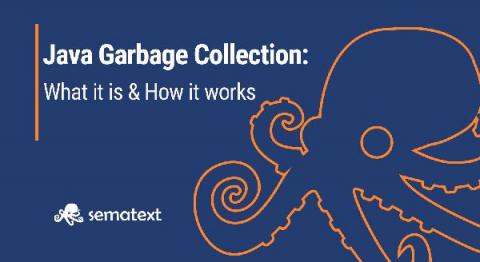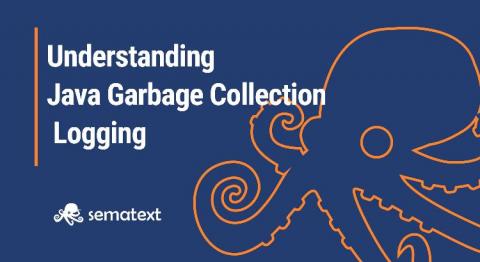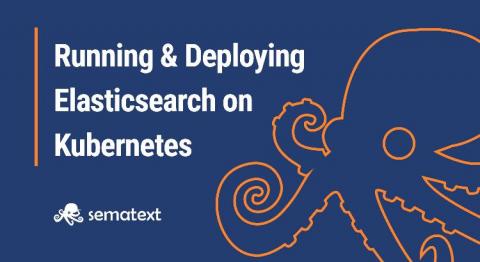Top 10 Website Performance Metrics Every Developer Should Measure
There are 1.3 billion websites out there in the great unknown and it’s hard not to think about what makes them different from one another. Why do users flock to one website and ignore the other completely? One major differentiator is, of course, content. I’m not going to dwell on what type of content is better. Another reason why users stick to one website over another is the user experience. Today we’ll be looking at a third major differentiator: Website Performance.




